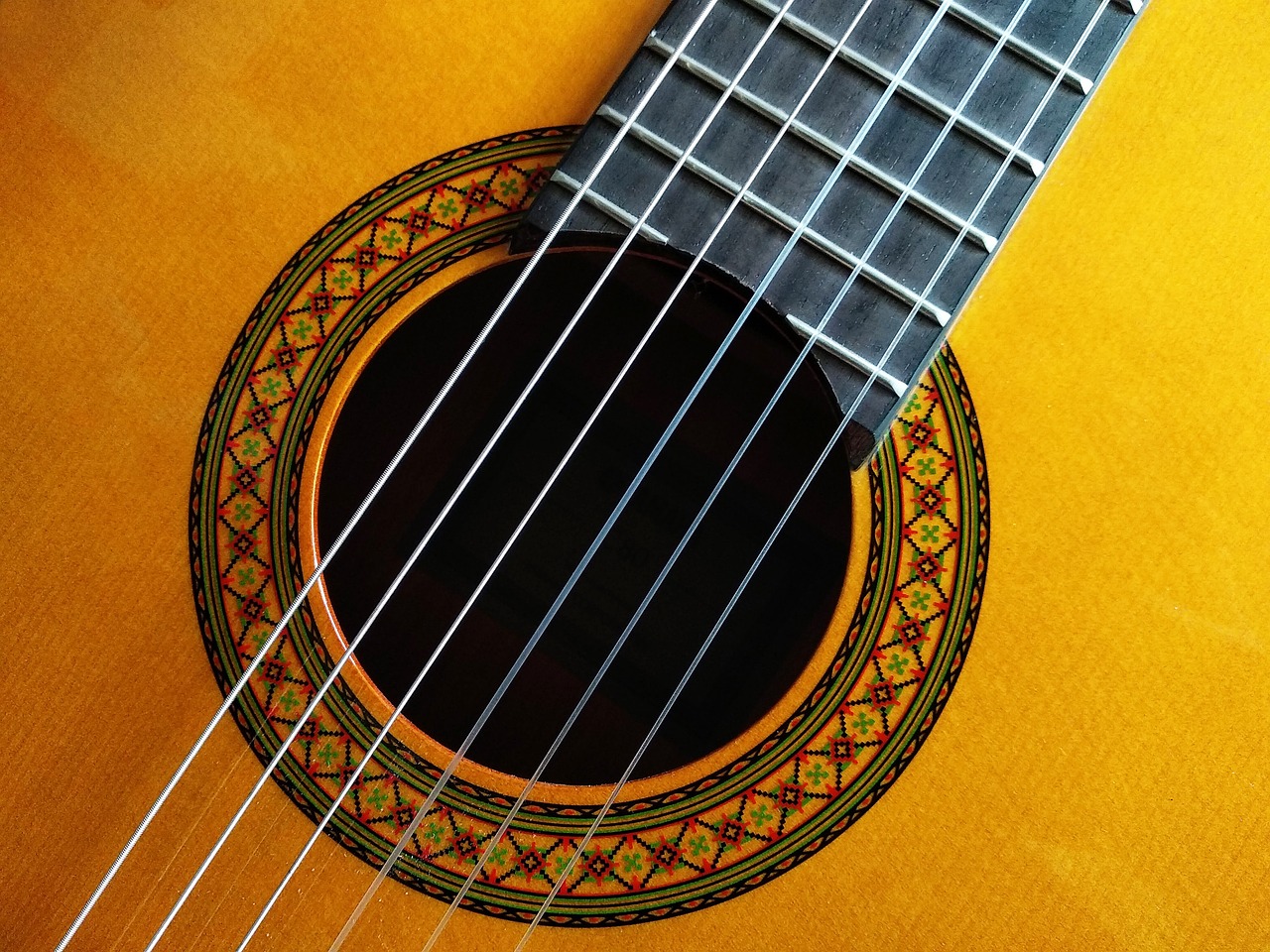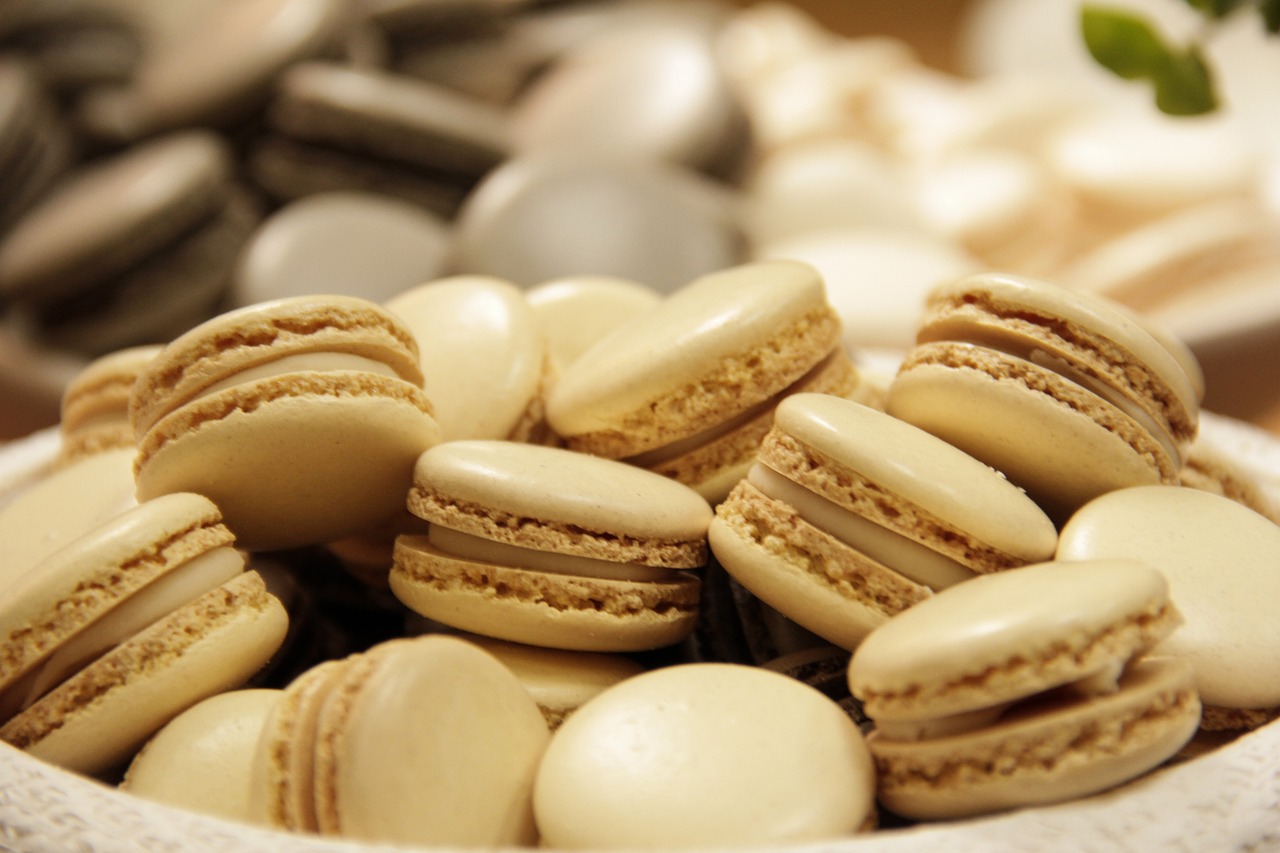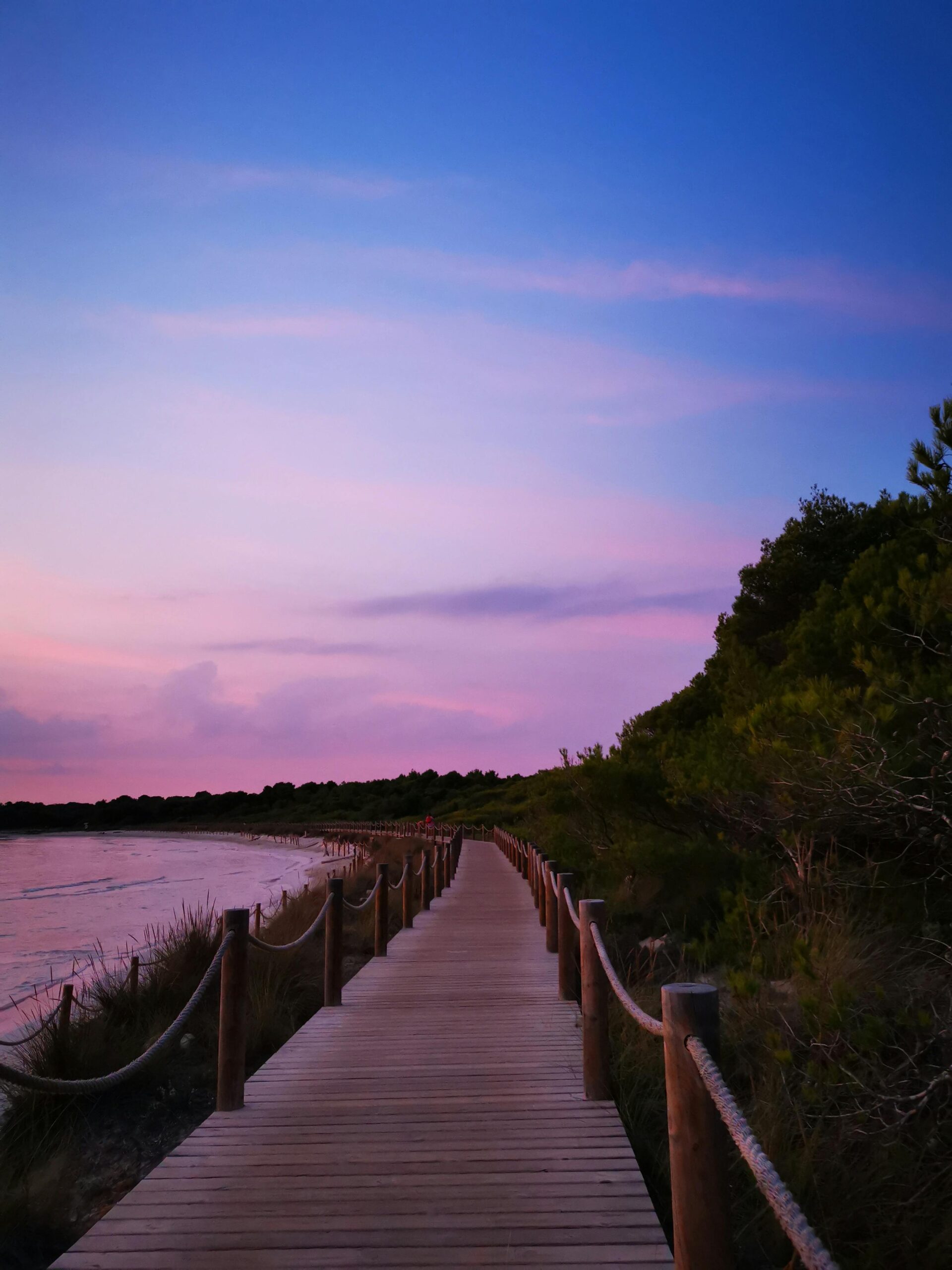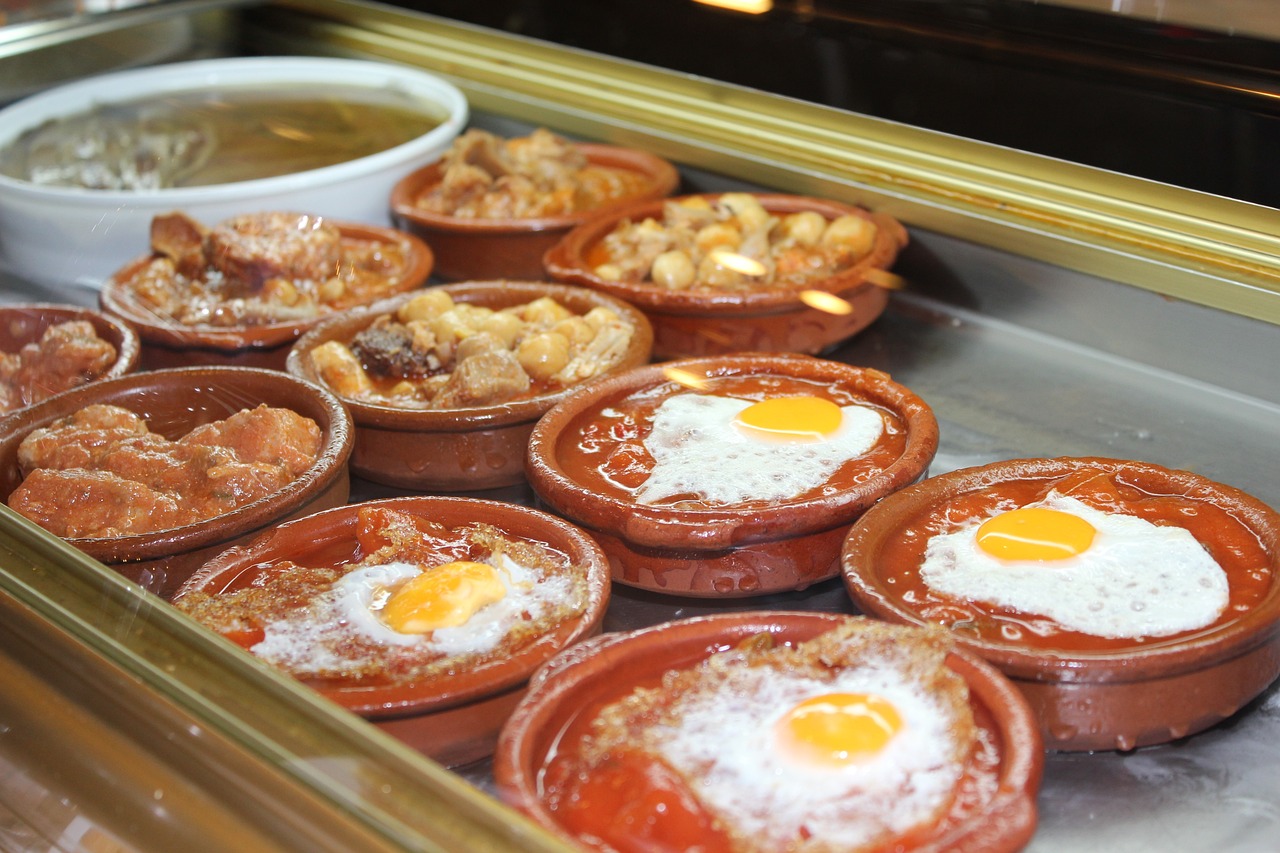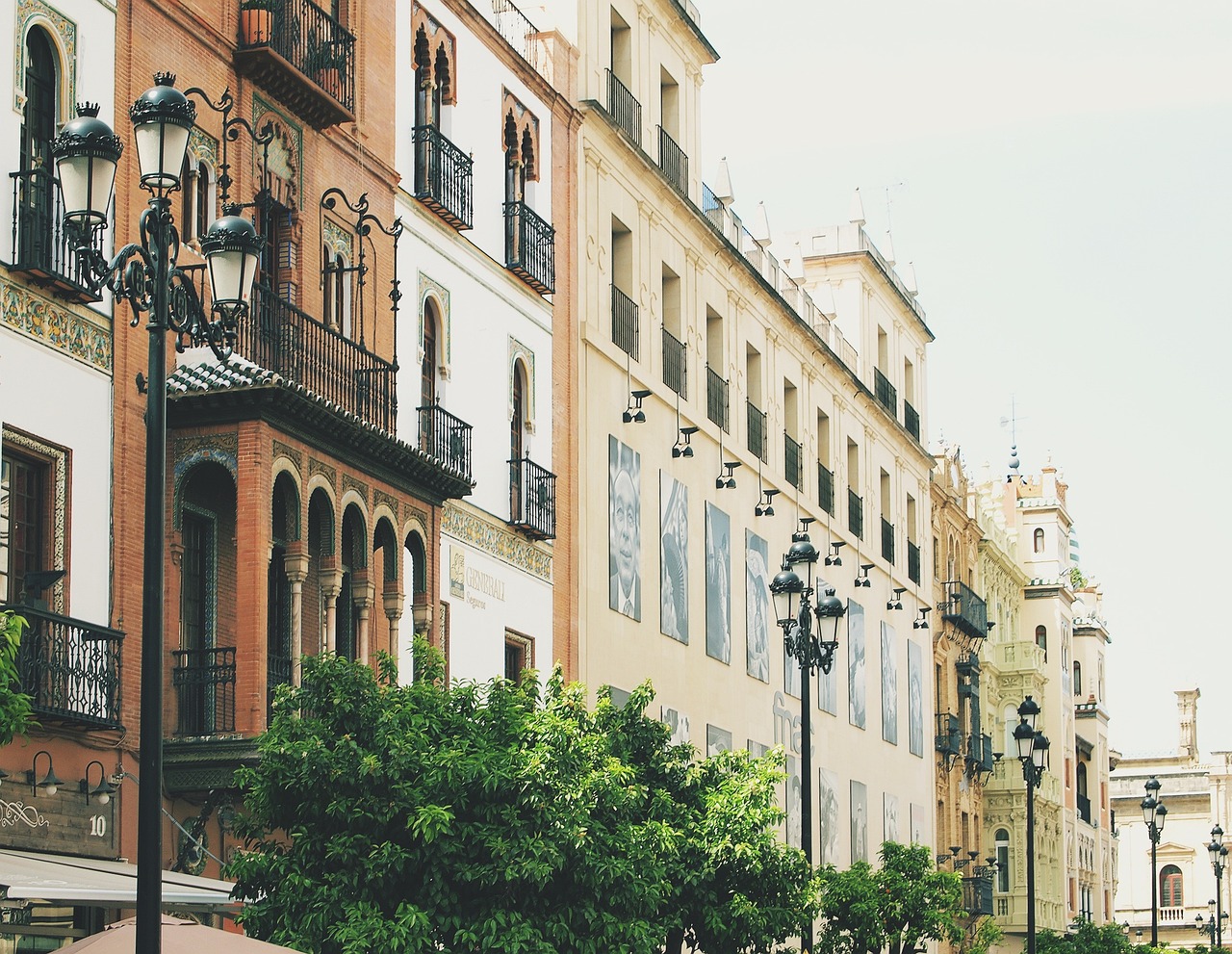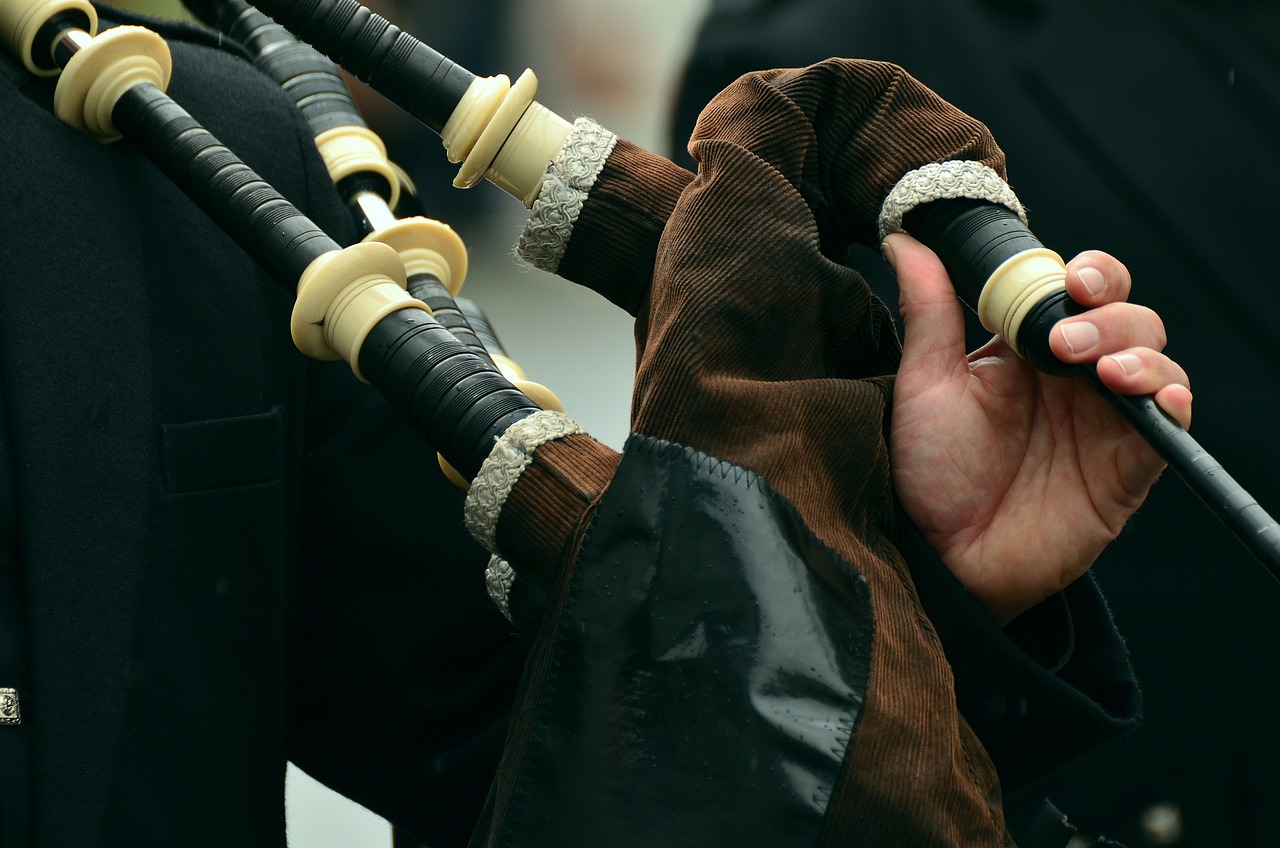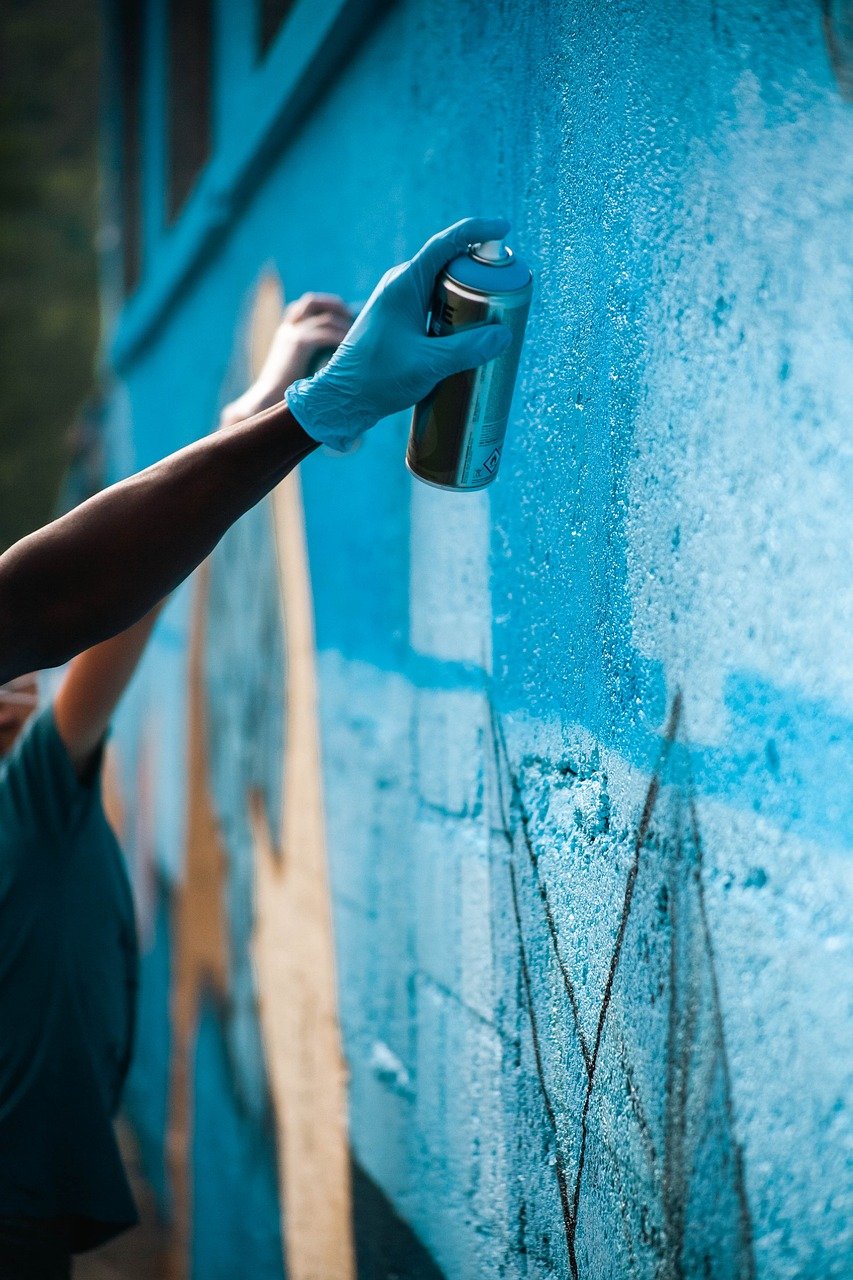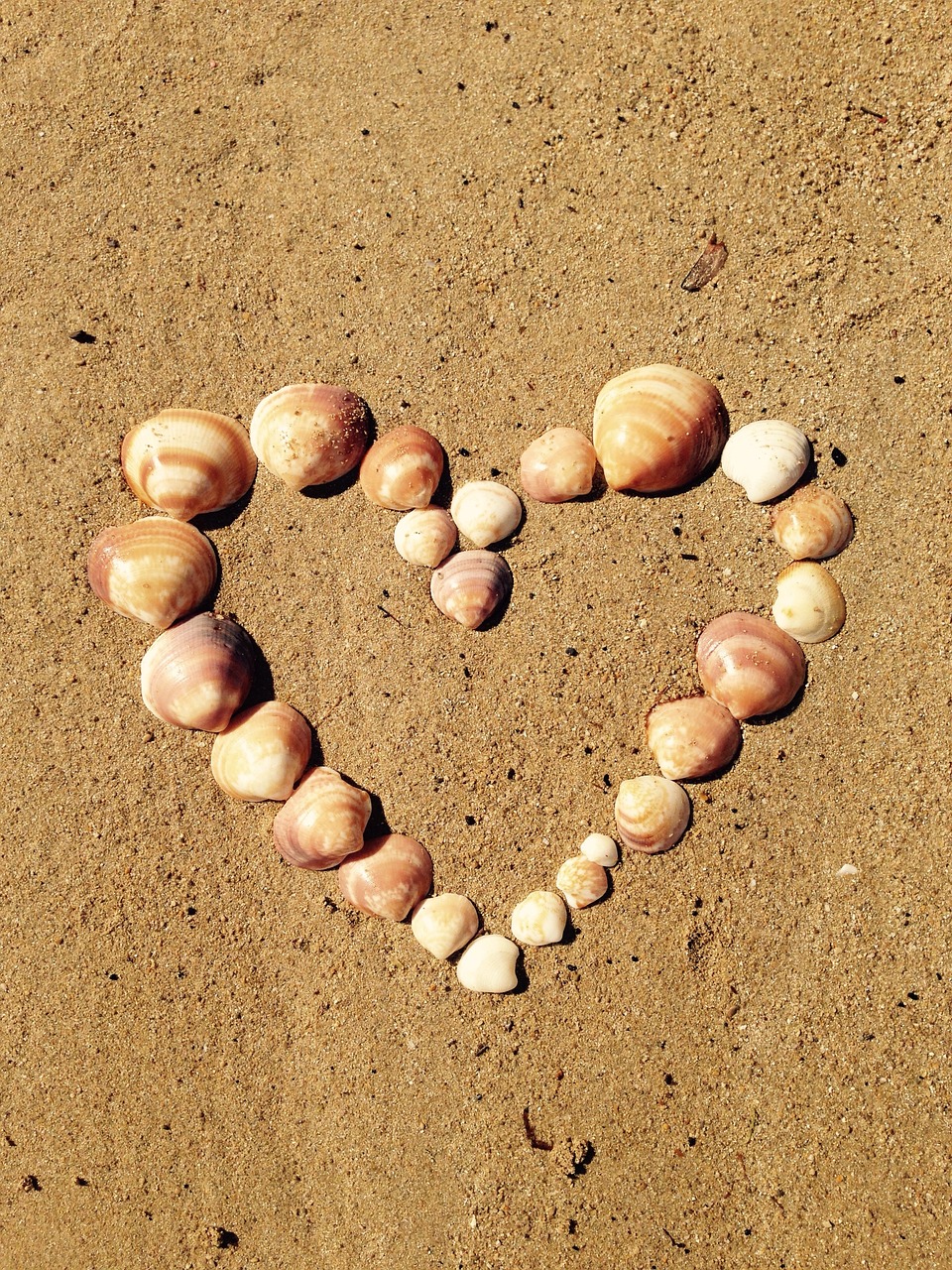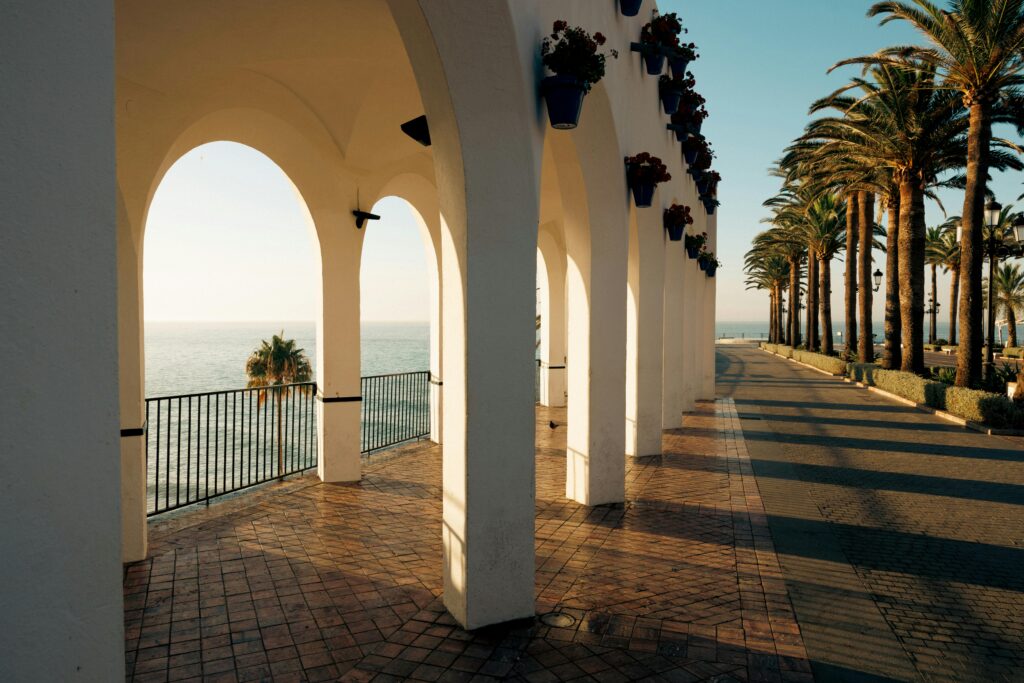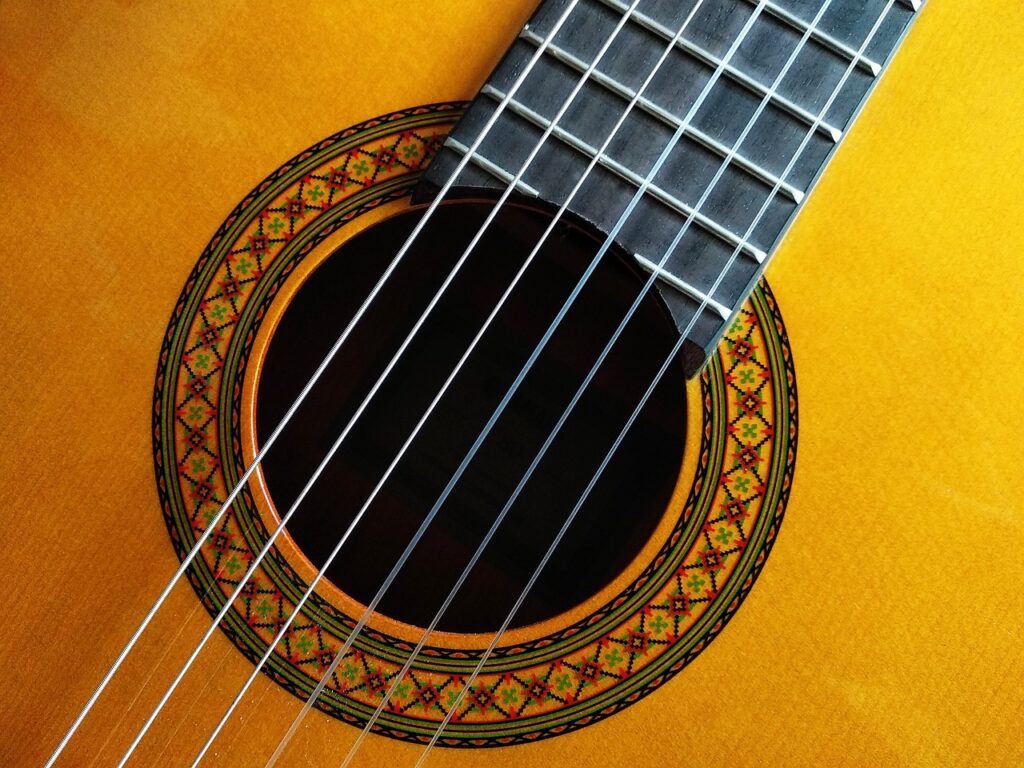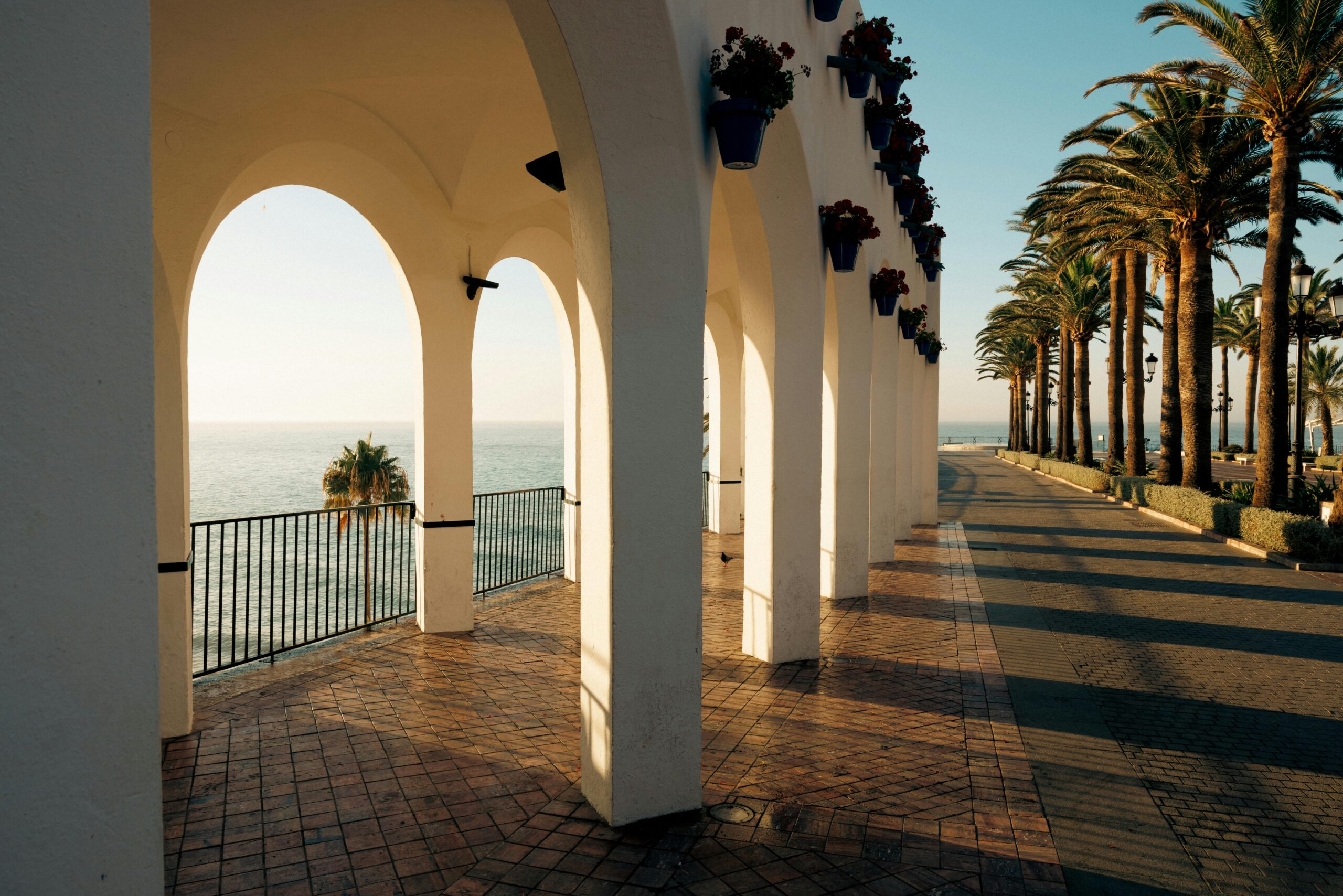
Exploring Toledo's Christian, Jewish, and Muslim Heritage
- Culture, Toledo
- septiembre 6, 2024
Hanna Smith
Writer & Blogger
Toledo, often referred to as the «City of Three Cultures,» is a living testament to the harmonious coexistence of Christianity, Judaism, and Islam during the Middle Ages. This rich blend of cultural and religious influences is evident in the city’s architecture, art, and traditions. As you walk through Toledo’s narrow streets, you’ll encounter a fascinating mix of cathedrals, synagogues, and mosques, each telling the story of the city’s diverse heritage. Here’s a guide to exploring Toledo’s Christian, Jewish, and Muslim heritage.
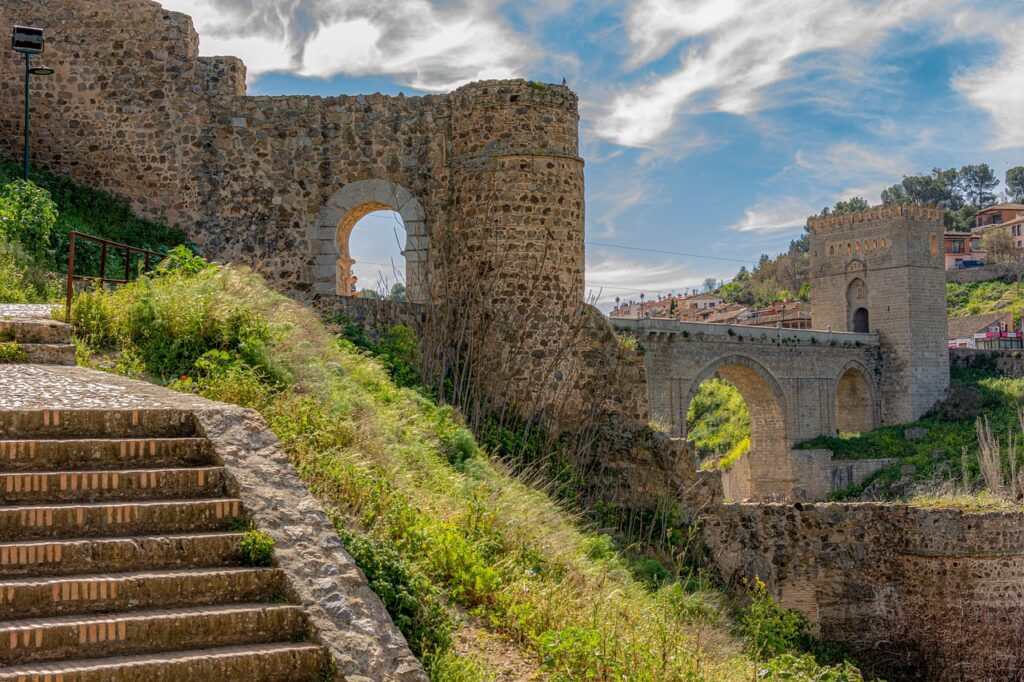
The Toledo Cathedral (Catedral Primada)
One of the most iconic landmarks in Toledo is the Toledo Cathedral, also known as the Catedral Primada. This magnificent Gothic structure is not only one of Spain’s most important cathedrals but also a symbol of the city’s Christian heritage. Built on the site of a former mosque, the cathedral reflects the transition from Islamic to Christian rule in Toledo.
The construction of the Toledo Cathedral began in 1226 and continued for over two centuries, resulting in a stunning blend of Gothic, Mudéjar, and Renaissance styles. The interior of the cathedral is equally impressive, with its soaring arches, intricate stained glass windows, and richly decorated chapels. Highlights include the Capilla Mayor, with its breathtaking retable, and the Transparente, a Baroque masterpiece that allows light to pour into the cathedral in a dramatic fashion.
Visitors to the cathedral can also explore the Sacristy, which houses a remarkable collection of paintings by artists such as El Greco, Goya, and Velázquez. The Treasury contains the famous Monstrance of Arfe, a stunning piece of goldsmith’s work used in the annual Corpus Christi procession. A visit to the Toledo Cathedral offers a deep insight into the city’s Christian heritage and its role as a religious center in medieval Spain.
The Synagogue of Santa María la Blanca
A short walk from the cathedral takes you to the Synagogue of Santa María la Blanca, one of the most beautiful and historically significant synagogues in Spain. Built in the late 12th century, this synagogue is a remarkable example of Mudéjar architecture, which combines Islamic, Christian, and Jewish design elements.
Despite being a synagogue, the interior of Santa María la Blanca is often mistaken for a mosque due to its horseshoe arches, whitewashed walls, and intricate plasterwork. The five aisles of the synagogue are supported by 32 octagonal pillars, topped with stunningly detailed capitals. The simplicity and elegance of the design create a serene atmosphere that invites contemplation.
In the 15th century, the synagogue was converted into a Christian church, reflecting the turbulent history of Toledo’s Jewish community during the Reconquista. Today, Santa María la Blanca is a museum and cultural site, offering visitors a glimpse into the rich Jewish heritage of Toledo and the contributions of the Jewish community to the city’s history.
The Mosque of Cristo de la Luz
Toledo’s Islamic heritage is beautifully preserved in the Mosque of Cristo de la Luz (Mezquita del Cristo de la Luz), one of the oldest surviving buildings in the city. Built in 999 AD, this mosque is a stunning example of Moorish architecture and provides a fascinating contrast to the city’s Christian and Jewish monuments.
The mosque is small but richly decorated, with horseshoe arches, intricate brickwork, and a coffered wooden ceiling. The original mihrab (prayer niche) is still intact, and visitors can admire the delicate geometric patterns and Arabic inscriptions that adorn the walls. The mosque was converted into a Christian chapel in the 12th century, and a Mudejar apse was added, blending Islamic and Christian architectural elements.
One of the most striking features of the Mosque of Cristo de la Luz is its location. Perched on a hillside, the mosque offers stunning views of the city and the surrounding landscape. The gardens surrounding the mosque are also worth exploring, providing a peaceful retreat in the heart of Toledo. A visit to the Mosque of Cristo de la Luz offers a unique opportunity to explore Toledo’s Islamic past and its influence on the city’s culture and architecture.
The Synagogue of El Tránsito
Another important site in Toledo’s Jewish Quarter is the Synagogue of El Tránsito (Sinagoga del Tránsito), which now houses the Sephardic Museum. Built in the 14th century by Samuel ha-Levi, treasurer to King Pedro I of Castile, this synagogue is a masterpiece of Mudéjar art and architecture.
The interior of El Tránsito is breathtaking, with its richly decorated walls, intricate stucco work, and beautifully preserved wooden ceiling. The synagogue’s design reflects the cultural synthesis of Christian, Islamic, and Jewish traditions that characterized Toledo during the Middle Ages. The stunning decorations include Hebrew inscriptions, Arabic motifs, and Gothic elements, showcasing the diverse influences that shaped the building.
The Sephardic Museum provides valuable insights into the history and culture of the Jewish community in Spain, particularly the Sephardic Jews who were expelled during the Inquisition. Exhibits include religious artifacts, manuscripts, and historical documents that tell the story of the Jewish community in Toledo and its impact on Spanish history.
The Monastery of San Juan de los Reyes
The Monastery of San Juan de los Reyes is another must-visit site that reflects Toledo’s Christian heritage. Commissioned by the Catholic Monarchs, Ferdinand and Isabella, in the 15th century, the monastery was built to commemorate their victory at the Battle of Toro and to serve as a royal mausoleum.
The monastery is a stunning example of Isabelline Gothic architecture, with its ornate facades, delicate tracery, and impressive cloisters. The cloister is particularly beautiful, with its lush gardens, intricate stone carvings, and peaceful ambiance. The upper cloister features a series of stunning Mudejar-style ceilings, reflecting the blending of Christian and Islamic artistic traditions.
The Monastery of San Juan de los Reyes is also notable for its historical significance. The chains hanging on the exterior walls are said to represent the Christians freed from Muslim captivity during the Reconquista, symbolizing the triumph of Christianity in Spain. A visit to the monastery offers a deeper understanding of the Catholic Monarchs’ role in shaping the history of Spain and their influence on the city of Toledo.
Tips for Exploring Toledo’s Heritage
- Take a Guided Tour: To fully appreciate the rich history and cultural significance of Toledo’s monuments, consider taking a guided tour. Many tours offer insights into the city’s Christian, Jewish, and Muslim heritage, providing context and stories that bring the sites to life.
- Wear Comfortable Shoes: Toledo’s streets are steep and often cobblestoned, so be sure to wear comfortable shoes for walking.
- Visit the Jewish Quarter: Don’t miss the opportunity to explore Toledo’s Jewish Quarter, where you’ll find narrow streets, historic synagogues, and a wealth of cultural and historical sites.
- Time Your Visits: To avoid the crowds, try to visit the major sites early in the morning or later in the afternoon.
Conclusion
Toledo’s rich blend of Christian, Jewish, and Muslim heritage makes it one of Spain’s most fascinating and culturally diverse cities. From the grandeur of the Toledo Cathedral to the serene beauty of the Synagogue of El Tránsito and the historic Mosque of Cristo de la Luz, each site offers a unique glimpse into the city’s storied past. Whether you’re a history enthusiast or simply curious about the cultural tapestry of Toledo, exploring these sites will provide a deeper appreciation of the city’s enduring legacy as a crossroads of cultures.
Recent Posts
- All Posts
- Alicante
- Barcelona
- Beaches
- Bilbao
- Castles
- Cordoba
- Culture
- Day Trips
- Family
- Gastronomy
- Granada
- Hidden Gems
- Ibiza
- Madrid
- Mallorca
- Menorca
- Nature
- Nightlife
- Oviedo
- Seville
- Shopping
- Toledo
- Travel
- Valencia
- Zaragoza

Are you traveling with children?
Take some ideas of plans so you can enjoy the trip as a family. Ideal for everyone!
Category
- Alicante (15)
- Barcelona (15)
- Beaches (11)
- Bilbao (15)
- Castles (2)
- Cordoba (14)
- Culture (59)
- Day Trips (8)
- Family (13)
- Gastronomy (51)
- Granada (15)
- Hidden Gems (15)
- Ibiza (16)
- Madrid (15)
- Mallorca (5)
- Menorca (16)
- Nature (4)
- Nightlife (8)
- Oviedo (15)
- Seville (17)
- Shopping (6)
- Toledo (14)
- Travel (1)
- Valencia (16)
- Zaragoza (13)
Tags
- Adventure (3)
- ARt (5)
- Brunch (1)
- Churchs (5)
- Coffee (2)
- Day Trips (2)
- Festivals (2)
- Flamenco (3)
- Garden (1)
- Hidden Gems (10)
- Hiking (1)
- Historical (18)
- Market (4)
- Museums (2)
- Music (2)
- Nerja (1)
- Parks (3)
- Patios (3)
- Pintxos (2)
- Relax (1)
- Rooftops (3)
- Seafood (3)
- Snorkel (1)
- Spring (1)
- Tapas (8)
- Traditional (1)
- Trail (3)
- Trip (2)
- Viewpoints (2)
- Walking (4)
- Weekend (1)
- Wine (1)
- Winter (1)
Top 10 Best Christmas Markets in Spain: Festive Guide 2024 Travel noviembre 19, 2024 Olivia Jones Writer & Blogger Spain, with its rich cultural heritage and festive spirit, transforms into a winter wonderland during the holiday season. From bustling urban centers to quaint historic towns, the country hosts a plethora of Christmas markets that captivate both locals and visitors. These markets, known as «mercados de Navidad,» offer a unique blend of traditional crafts, delectable treats, and vibrant entertainment, making them a must-visit during the festive period. 1. Plaza Mayor Christmas Market, Madrid Madrid’s Plaza Mayor, a historic square dating back to the 17th century, becomes the heart of the city’s Christmas celebrations. From late November to December 31st, the square is adorned with over 100 stalls offering a variety of items, from handcrafted ornaments to traditional nativity scene figures. The market is renowned for its festive atmosphere, with twinkling lights illuminating the square and street performers entertaining the crowds. Visitors can indulge in seasonal delicacies such as «turrón» (nougat) and «polvorones» (almond cookies), making it a delightful experience for all ages. Destinos Europeos Excepcionales 2. Fira de Santa Llúcia, Barcelona Established in 1786, the Fira de Santa Llúcia is Barcelona’s oldest and most iconic Christmas market. Located in front of the majestic Barcelona Cathedral, the market features over 280 stalls selling a wide array of products, including handcrafted gifts, decorations, and traditional Catalan items. A unique aspect of this market is the «caganer,» a traditional Catalan figurine often included in nativity scenes. The market also hosts various activities, such as workshops and musical performances, providing a comprehensive festive experience. España 3. Mercado de Navidad de Plaza del Pilar, Zaragoza Zaragoza’s Plaza del Pilar transforms into a festive hub from early December to early January. The market boasts a large ice-skating rink, a nativity scene with live animals, and numerous stalls offering artisanal crafts and local gastronomy. The backdrop of the Basilica del Pilar adds to the enchanting atmosphere, making it a picturesque destination for holiday festivities. Sensational Spain 4. Mercado de Navidad de la Plaza del Ayuntamiento, Valencia Valencia’s central square hosts a charming Christmas market featuring stalls with handcrafted goods, festive decorations, and local delicacies. The market is known for its lively ambiance, with street musicians and performers adding to the festive spirit. Visitors can also enjoy the beautifully decorated Christmas tree and the traditional nativity scene displayed in the square. Sensational Spain 5. Feria del Belén, Seville Seville’s Feria del Belén is a specialized market dedicated to nativity scenes. Located near the Cathedral, the market offers a vast selection of handcrafted nativity figures and accessories, reflecting the city’s deep-rooted Christmas traditions. It’s an ideal place for collectors and those looking to add a unique touch to their holiday decorations. Sensational Spain 6. Mercado de Navidad de la Plaza Mayor, Salamanca Salamanca’s historic Plaza Mayor hosts a delightful Christmas market featuring stalls with artisanal crafts, festive foods, and holiday decorations. The square’s stunning architecture, illuminated with festive lights, provides a magical setting for the market. Visitors can enjoy traditional Spanish Christmas treats and find unique gifts while soaking in the festive atmosphere. Sensational Spain 7. Mercado de Navidad de la Plaza de la Constitución, Málaga Málaga’s Plaza de la Constitución becomes a focal point of Christmas celebrations, hosting a market with stalls offering a variety of products, from crafts to culinary delights. The city’s famous Christmas lights, especially along Calle Larios, are a major attraction, drawing visitors from all over to witness the spectacular displays. Sensational Spain 8. Mercado de Navidad de la Plaza Mayor, León León’s Plaza Mayor transforms into a festive market during the holiday season, featuring stalls with local crafts, food, and Christmas decorations. The market is known for its warm and welcoming atmosphere, with the historic square providing a beautiful backdrop for the festivities. Visitors can enjoy traditional music performances and sample regional specialties, making it a memorable experience. Sensational Spain 9. Mercado de Navidad de la Plaza del Príncipe, Vigo Vigo’s Plaza del Príncipe hosts a vibrant Christmas market known for its lively atmosphere and diverse offerings. Stalls feature a range of products, including handmade crafts, festive foods, and unique gifts. The city’s impressive Christmas light displays, which have gained international recognition, add to the market’s appeal, creating a magical setting for holiday shoppers. Sensational Spain 10. Mercado de Navidad de la Plaza Mayor, Burgos Burgos’s Plaza Mayor becomes a hub of Christmas activity, with a market offering a variety of goods, from artisanal crafts to local delicacies. The market is set against the backdrop of the city’s historic architecture, with festive lights illuminating the square. Visitors can explore the stalls, enjoy traditional music, and experience the warm hospitality of the locals during the holiday season. Sensational Spain Tips for Visiting Spanish Christmas Markets Timing: Most markets open in late November and run until early January. It’s advisable to check specific dates in advance, as they can vary each year. Local Specialties: Each region offers unique products and delicacies. For instance, Barcelona is known for its «caganer» figurines, while Madrid offers a variety of nativity scene figures. Cultural Etiquette: Engaging with local vendors and participating in traditional activities can enhance the experience. Learning a few basic Spanish phrases can also be beneficial. Weather Preparedness: While Spain generally has a mild winter, temperatures can drop in the evenings. Dressing in Recent Categories You may also like: Edit Template
Authentic Flamenco Shows in Córdoba: Where to Experience the Best Uncategorized septiembre 14, 2024 Hanna Smith Writer & Blogger Edit Template Córdoba, a city steeped in history and culture, is one of the best places in Spain to experience the passionate art of flamenco. While Seville is often seen as the heart of flamenco, Córdoba has its own rich tradition and offers a more intimate and authentic flamenco experience. From small, cozy tablaos to larger venues, here’s a guide to the best places in Córdoba to witness this captivating performance of dance, song, and music. Córdoba Edit Template 1. Tablao El Cardenal One of the most famous venues in Córdoba, Tablao El Cardenal offers nightly flamenco performances featuring some of the region’s most talented dancers, singers, and guitarists. Located in the heart of the city, near the Mezquita, the venue has a traditional Andalusian courtyard setting that adds to the charm of the experience. The performances here are dynamic, showcasing the fiery energy and emotion that make flamenco so unique. Why It’s Special: The venue is steeped in history, set in an old 16th-century building. Performances feature a variety of flamenco styles, including bulerías, tangos, and fandangos. The intimate setting allows for a closer connection to the performers, making it a deeply moving experience. Tips: Book your tickets in advance, as performances often sell out, especially during peak tourist seasons. Arrive early to get a good seat and enjoy the beautiful surroundings of the courtyard. 2. Arte y Sabores de Córdoba For a unique combination of flamenco and local cuisine, Arte y Sabores de Córdoba offers an experience that combines Andalusian gastronomy with an authentic flamenco performance. The venue is located inside the Arab Baths of Santa María, adding an extra layer of historic ambiance to your evening. You can enjoy a selection of traditional tapas and wines while watching a mesmerizing flamenco show. Why It’s Special: The setting in the former Arab Baths creates a unique and historic atmosphere. Enjoy the local flavors of Córdoba with dishes like salmorejo and jamón ibérico as part of your evening. Performances feature both traditional and modern flamenco, showcasing a range of styles and expressions. Tips: Make a reservation for both the show and the meal to ensure you have the full experience. Try the local wines that are offered as part of the dinner package for an authentic taste of Córdoba. 3. Peña Flamenca Fosforito For those looking for a more local and traditional experience, Peña Flamenca Fosforito is a flamenco social club where locals gather to celebrate the art of flamenco. Named after Antonio Fernández Díaz “Fosforito”, a legendary flamenco singer from Córdoba, this venue offers a more informal and intimate setting where you can witness flamenco performances that are deeply rooted in the community. Why It’s Special: The performances here are raw and authentic, often featuring local talent. It’s a great place to experience cante jondo, the deepest and most expressive style of flamenco singing. The atmosphere is friendly and welcoming, offering a true taste of Córdoba’s flamenco culture. Tips: Peña Flamenca Fosforito often hosts special events and festivals, so check the schedule in advance for unique performances. This venue is less touristy than others, making it a great option for those looking for a more authentic, local experience. 4. La Bulería La Bulería is a popular flamenco bar in Córdoba where you can experience live flamenco performances in a lively and intimate setting. Known for its vibrant atmosphere, La Bulería attracts both locals and visitors, making it a fantastic place to immerse yourself in the passionate energy of flamenco. The small size of the venue ensures that every seat offers a great view of the performers. Why It’s Special: The venue’s small size creates an up-close experience with the performers. The lively and energetic atmosphere makes it a great spot for a night out with friends or family. It’s a more casual and relaxed environment compared to larger tablaos, offering a fun and spontaneous flamenco experience. Tips: Shows start late in the evening, so plan accordingly for a true flamenco night out. Arrive early to secure a good spot, as seating is limited. 5. La Casa de la Memoria If you’re looking for a deeper understanding of flamenco’s roots and history, a visit to La Casa de la Memoria is a must. While not exclusively a flamenco venue, this cultural center in Córdoba often hosts flamenco shows alongside exhibitions and events that delve into the history of this iconic Andalusian art form. It’s a great place to learn more about the evolution of flamenco while also enjoying a top-notch performance. Why It’s Special: The focus on cultural preservation adds a meaningful dimension to the flamenco performances. The venue regularly hosts lectures and workshops on flamenco, making it ideal for those looking to learn more about the art form. The intimate performances often feature both established and up-and-coming flamenco artists. Tips: Check their event schedule in advance, as performances are not held every night. Consider attending one of the workshops or lectures to gain deeper insight into flamenco culture. Conclusion Córdoba offers a wide range of venues where you can experience authentic flamenco performances, from historic tablaos to local social clubs. Whether you’re looking for a vibrant night out or a more intimate, traditional experience, Córdoba’s flamenco scene will captivate you with its passion and artistry. So grab a seat, tap your feet, and let the soulful sounds of flamenco transport you into the heart of Andalusian culture. Recent Categories You may also like: Edit Template
